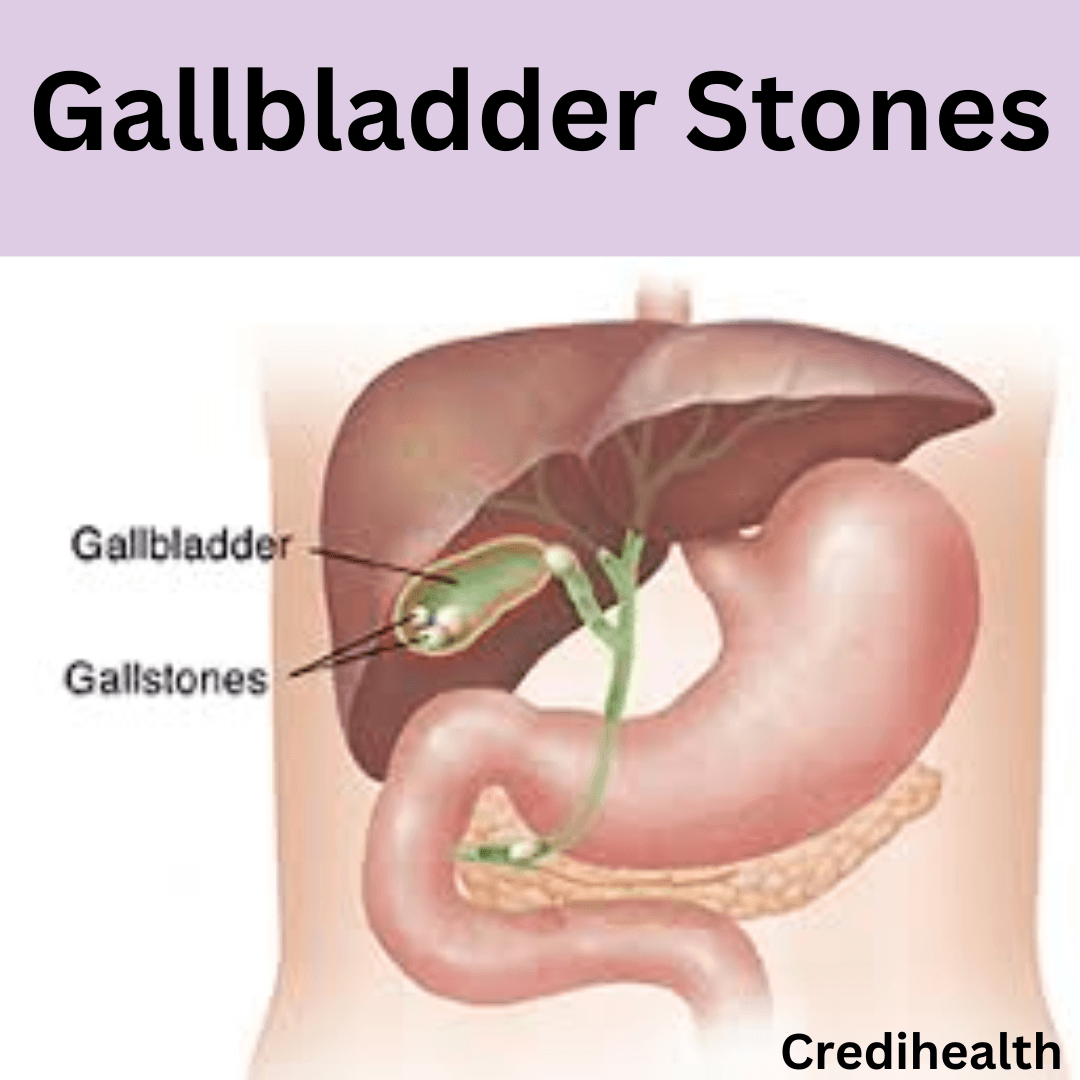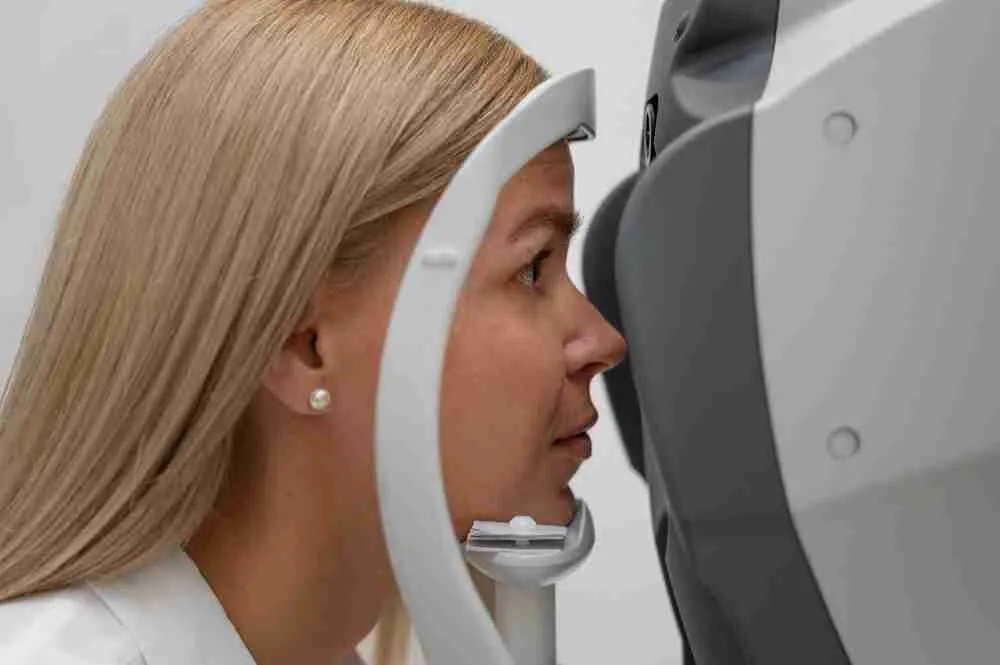Meibomian gland dysfunction is a common condition. These oil glands can be found on both the upper and lower eyelids.
You rely on them to produce meibum, an oily fluid rich in lipids that keeps tears from evaporating too quickly. These glands can readily get clogged or begin generating low-quality oil.
MGD is quite common and does not always cause symptoms. The malfunction is caused by glands that do not produce enough or low-quality oil.
Less oil is produced when the oil glands get plugged in. This adds to oil crusting and granularization, which can be harmful and irritating.
Let's examine meibomian gland dysfunction, its symptoms, causes, and treatment options, so continue reading to learn more.
Read Also: Eyelash Mites: Causes, Symptoms, and Treatments
 Your eyes might also be:
Your eyes might also be:

 New therapies are in the works, and research is underway.
New therapies are in the works, and research is underway.

What is Meibomian gland dysfunction?
Meibomitis is an inflammatory condition that affects the small oil glands that border the upper and lower eyelids. Meibum is a specific oil produced by the meibomian glands, which assist in lubricating the eyes and prevent tears from evaporating. When your meibomian glands get clogged, the volume and nature of your meibum change. Your eyes will feel irritated, and your vision may become unclear. The gland obstruction also offers a favorable habitat for microorganisms. Each lower lid has 20 to 40 meibomian glands, and each upper lid has 30 to 40 glands. The glands continuously produce meibum. More meibum can be released by blinking. Meibomitis can affect people of any age, even infants. However, it is more prevalent among elderly persons and those living or working in areas with pollen and dust particles. Meibomitis has an unknown etiology. It is one of the symptoms of meibomian gland dysfunction (MGD); however, MGD can occur without meibomitis. Read Also: Dark Circles Under Eyes : 8 Causes and PreventionWhat are the symptoms of Meibomian gland disease?
Meibomitis symptoms can range from minor to severe. Your eyes will be inflamed, and your vision may be impaired. Your eyes might also be:
Your eyes might also be:
- Painful
- Red
- Inflame
- Dry & Itchy
- Burning
- Gritty
- Light sensitive
- Soft eyes
What are the causes of Meibomian gland dysfunction?
The precise etiology of the meibomian gland obstruction that causes meibomitis is unknown. Researchers suspect it is bacterial. Ongoing research examines the microorganisms on the eye's surface and how they alter meibum. The following variables have been linked to an increased risk of meibomitis:
Aging -
You create less meibum and meibum with a changed composition as you age. The number of meibomian glands in your body decreases as well.Environmental issues-
Living or working in a low-humidity environment might affect meibum production. This includes air conditioning and heating in the winter.Contact lens-
Contact lens use is linked to decreased meibum and other meibomian gland dysfunction. The longer you use contact lenses, the more damage you do to your meibomian glands.Diet-
Deficiency in omega-3 fatty acids. Meibomitis may be caused by an in your diet. Fish oil, olive oil, and flaxseed oil all contain these fatty acids. Hormones such as androgens and estrogens can impact the makeup of your meibum. Androgens increase meibum secretion while suppressing inflammation. Estrogens contribute to inflammation.Drugs -
Retinoic acid is an antioxidant. The meibum's volume and the meibomian glands' function can be altered. Acne is treated with topical retinoic acid. Glaucoma medicines and topical epinephrine have been discovered to alter the function of the meibomian gland. More research is needed to assess the effect of preservatives and the duration of usage.Rosacea -
According to a 2017 study, persons with rosacea discovered higher problems in the meibomian glands when compared to control groups.Using Computer screen-
Computer screen use has been linked to MGD, but further research is needed to identify whether computer use causes MGD or worsens an existing problem. Read Also: Who Should Not Have Laser Eye Surgery?What are the treatment options for meibomian gland disease?
The severity of the symptoms will determine how you are treated for meibomitis. If your symptoms continue, your doctor may begin with conservative treatment and add various therapies. New therapies are in the works, and research is underway.
New therapies are in the works, and research is underway.
Lid Hygiene-
The initial method of therapy is lid hygiene. Your daily regimen should contain the following items:- Warm compresses your lids for at least 1 to 2 minutes twice daily, as directed by your doctor.
- Lid scrub or cleanser (baby shampoo can also be used).
- To lubricate your eyes, use eye drops, tears, gels, or ointments as directed by your doctor.
- New lid-warming and massaging devices are in pharmacies to help with the lid.
Antibiotics -
Your doctor may prescribe topical medicines such as doxycycline, minocycline, and azithromycin. These antibiotics have been demonstrated in tests to minimize irritation and enhance the meibum. Discuss the potential adverse effects of these medications with your doctor. To decrease inflammation, medical professionals can recommend topical corticosteroids. Discuss the probable negative effects with the doctor once again. Cyclosporine A is another prescription medication that your doctor may give. It works as an immunosuppressant. Studies have demonstrated it to be useful, although the most effective dose is still being debated.OTC medications-
Over-the-counter (OTC) medications for Meibomian gland dysfunction (MGD) typically focus on relieving symptoms and promoting eye health. Artificial tearing or lubricating eye drops can help alleviate dryness and provide temporary relief. Warm compresses and eyelid scrubs using OTC eyelid cleansers can also help maintain eyelid hygiene and reduce inflammation.Surgical treatment-
Surgical treatments for Meibomian gland dysfunction (MGD) are typically considered when other conservative treatments have not provided sufficient relief. Surgery performed to open the meibomian glands will be indicated in certain patients to ease symptoms. You can consult your doctor for the most suitable surgical treatment option based on your specific condition and symptoms. Here are a few surgical options that may be recommended:- Meibomian Gland Probing
- Meibomian Gland Expression
- Intense Pulsed Light (IPL) Therapy
- LipiFlow
- Microblepharoexfoliation
The Omega-3 Fatty Acid-
To increase the consistency and purity of the oil released by the meibomian glands, omega-3 fatty acids can be consumed. These oils come in liquid, gummy, and tablet forms. Omega-3 fatty acids can be found in fish oil and oil extracted from flaxseed. Some individuals mix the oils into fruit juices, smoothies, and other meals to conveniently include them in their diet. Also Read: Does LASIK Hurt: Know The Side EffectsHow can you prevent meibomian gland dysfunction?
Here are some measures you can take to help avoid meibomitis while keeping your eyes comfortable:
- Maintain frequent eye hygiene.
- Maintain a humid environment around you.
- Stay hydrated.
- Don't smoke, and stay away from smokers.
- Keep your eyes lubricated by blinking often.
- Wear sunglasses to protect your eyes from both wind and sunlight.
Conclusion-
Meibomian gland dysfunction is more common in adults over the age of 50. Environmental stress, hormonal impacts, using contact lenses, and several medicines are other risk factors. It is also connected to several genetic conditions. Meibomitis, if severe, can be troubling and even painful. Various treatments are available, including those for the dry eye that frequently accompanies it. You may need to try a few different therapies to receive long-term relief. However, both meibomitis and MGD are being researched. New treatments and an understanding of their causes are anticipated. If you experience meibomitis symptoms, consult your doctor. They can assist you in locating the most suitable treatment for your condition. Also Read: Did You Know About These 5 Super Herbs for Healthy Eyes
Reviewed by







